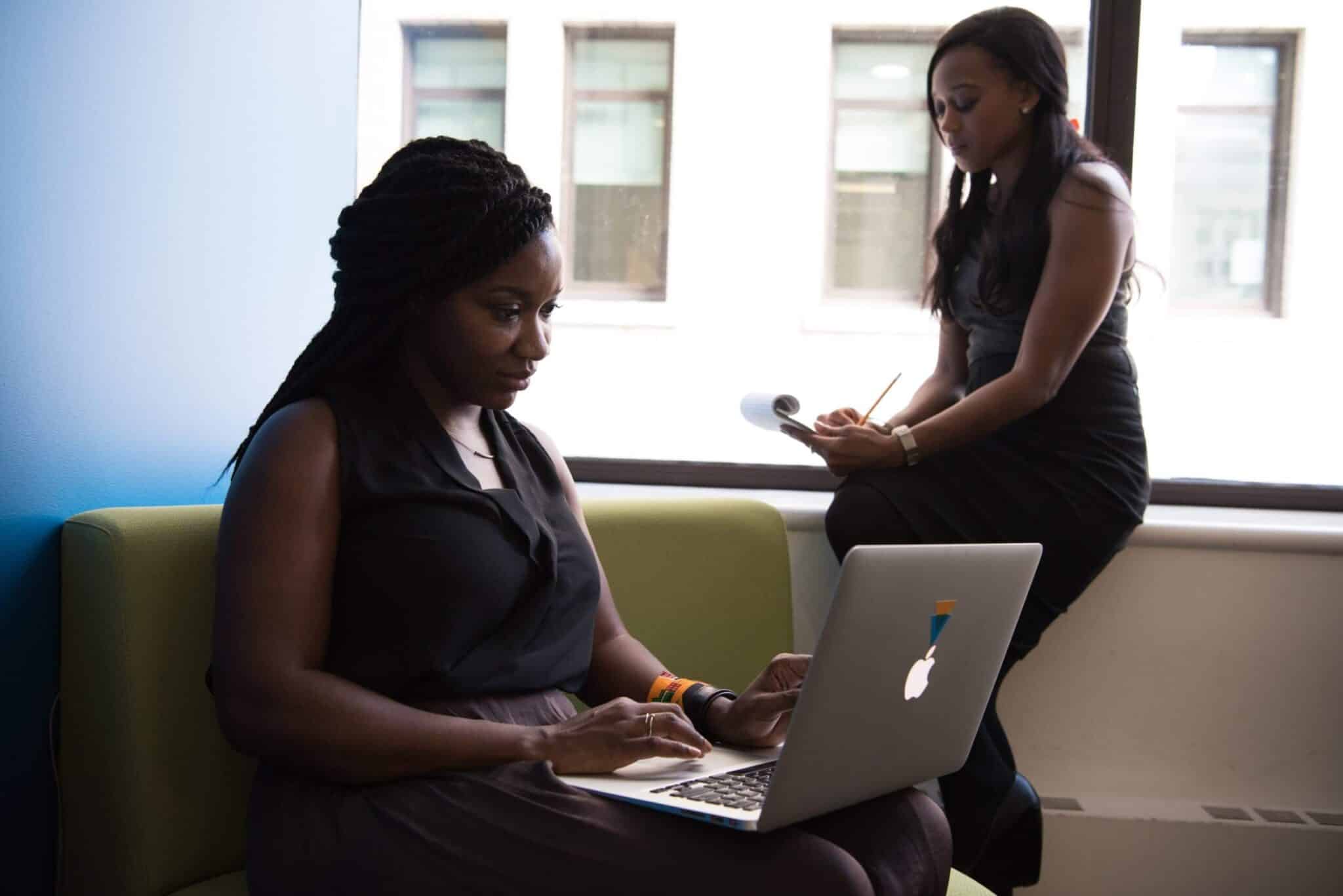As companies slowly and cautiously begin to reopen their physical doors, “business as usual” is far from reality.
A new, dynamic workplace has come to fruition in the post-COVID office, although many companies were starting this shift long before. A dynamic workplace is powered by technology that enables employees to stay collaborative, connected, and productive.
However, employees are juggling much more than work stress, and as a result, productivity can be difficult. Facility managers (FMs) face a unique challenge: transform the workplace into a place of productivity, communication, and positivity.
In this article, we’re taking a look at two tried and true work styles that FMs can adapt to their workplace: agile and activity-based working.
What is activity-based working (ABW)? An activity-based workplace or workspace (ABW) is a space within an office that directly reflects the work. Activity-based workspaces encourage movement throughout the workday and can affect major improvements to employee productivity, engagement, and job satisfaction.
What is an agile workplace or office? According to the Advanced Workplace, an agile organization is defined as “a business that has implemented specific strategic decisions that enable flexible working, in and out of the physical workspace.” This work style gives employees the freedom to work in a way that’s conducive to maximum productivity.

Reworking existing workplace methodologies during COVID-19
COVID-19’s impact on the global workplace is one of great force. Companies aren’t necessarily set on in-office operations any longer, and employees are finding the flexibility of this sudden change a positive. There’s no question that the way the offices will be used will be different and open to future possibilities.
In fact, a survey from Slack found that 72% of workers prefer a hybrid approach to the workplace of both remote work and in-office work. What’s more, workers cited several benefits of working from home, including no commute, saving money, improved work-life balance, a less stressful work environment, and more time with family. However, some employees find it difficult to work remotely, whether it be because they miss being around their coworkers or have trouble communicating in a remote-only setting.
When it comes to creating a dynamic workplace that maximizes productivity, that doesn’t mean companies need to start from scratch. Two existing workplace styles that FMs could leverage are the agile working method and the activity-based working (ABW) method.
Agile working involves a certain level of flexibility to maintain a higher level of employee engagement. In other words, agile working empowers employees to decide when, where, and how they work.
Activity-based working is a method where employees can choose a workplace setting that fits their tasks. For example, if a team needs space to collaborate on a project, they can move to a designated workspace where collaboration is permitted and encouraged.
So how can FMs use these two work styles to create a more productive workplace? Let’s take a look at each in more detail.

Agile working
According to the Advanced Workplace, an agile organization is defined as “a business that has implemented specific strategic decisions that enable flexible working, in and out of the physical workspace.” This work style gives employees the freedom to work in a way that’s conducive to maximum productivity.
Agile working and flexible working are commonly interchanged, except there is a significant difference between the two. Flexible working encompasses work done both in and outside of the physical office, whereas agile working mostly refers to work that takes place within the office.
Adopting an agile workplace means letting employees dictate how they get their best work done. An example of an effective agile workplace would be the project management software company, Basecamp. Basecamp prides itself on being an organization whose success is built on this kind of flexibility.
Jason Fried, the CEO of Basecamp, even wrote a book on the subject. According to Fried, “[Agile working] interruptions are things you can control. They’re passive. They don’t handcuff you. You can find a space that fits your work style. You can toss on some headphones and not be worried about a coworker loitering by your desk and tapping you on the shoulder. Neither do you have to be worried about being called into yet another unnecessary meeting. Your place, your zone, is yours alone.”
However, adopting the agile work style involves more than enabling employees to choose when they work. For this method to be successful, companies must build an agile culture, which may include qualities like:
- Being open to change and flexibility
- The ability to embrace employee needs and unique workstyles
- Equipping employees with the technology required to facilitate an agile work environment
In the time of COVID-19, welcoming this type of culture and work style could mean the difference between productive employees and burnt out ones. After all, employees face additional stressors regarding things like childcare, loneliness, and overall health and well-being. Giving employees the ability to choose when, where, and how they work could be the key to boosting productivity.
So how can FMs create an agile workplace?
Using the right technology is a great place to start. Office management software like OfficeSpace empowers organizations to be as flexible as they need without missing a thing. Tools like Desk Booking and Room Booking allow employees the flexibility to book a desk or room that meets their needs while in the office.
What’s more, these features make it easier for FMs to issue enhanced cleaning protocol. For example, if an employee is confirmed to use a desk, FMs can arrange additional cleaning for that desk and surrounding area. On the flip side, employees get peace of mind knowing they have a designated space to work from when they’re in the office.

Activity-based working
In the same vein as agile working, activity-based working is all about creating spaces throughout the office that serve different purposes. While agile working requires rethinking how tasks are planned and achieved, companies can achieve activity-based working without restructuring any business goals. Dedicated spaces organize the office in a way that’s conducive to productivity.
For example, FMs may create a shared space dedicated to brainstorming or collaborating. Or, FMs may designate an area that’s only for quiet, deep work.
However, unlike agile working, activity-based working may look different under the lens of COVID-19. Dedicated collaboration spaces and other shared areas aren’t best for mitigating the spread of the virus.
Tools like OfficeSpace’s Distancing Planner ensure employees are adequately spaced per physical distancing requirements, even in spaces deemed as “collaborative.”
As with agile working, if you choose to implement activity-based working, additional cleaning procedures will need to be considered. The important thing is to prioritize employee health and safety over labeling spaces. Replacing physical collaborative rooms with virtual ones may be the best option until more progress is made with a COVID-19 vaccine.
Out with the old, in with new adaptations
COVID-19 certainly warrants adjustments for different work styles (some more than others) to maximize productivity. Just as these methods are flexible in nature, so too are their ability to fit whatever needs your organization has.
How is your company using existing work styles to improve productivity? Leave a comment below or send us a tweet.
Photos: You X Ventures, Austin Distel, Christina, LinkedIn Sales Navigator




